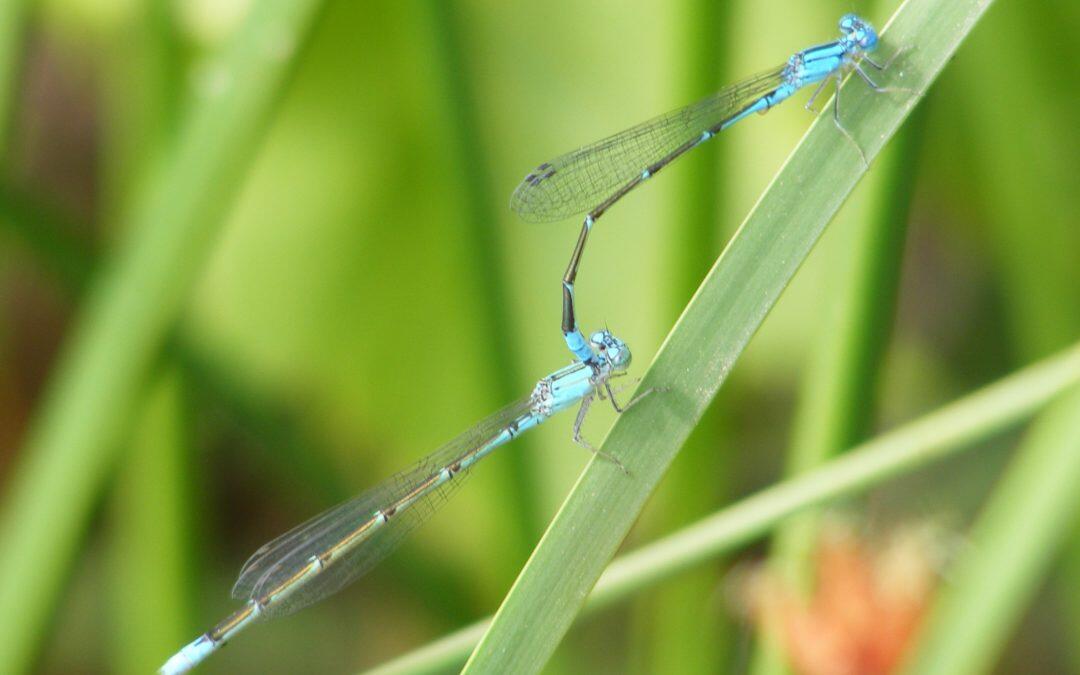Traditionally, the evolutionary development of a species of insect has been explained on the basis of the concept of selective breeding; that is, that the female chooses her male partner depending on the size and other features of the animal. It has also been believed that such mating patterns partly explain how isolation between different species is maintained. However, a study by a team from the University of Lund shows the opposite: assortative mating can break the sex barrier between species, rather keep it, which could lead to the extinction of a species. This discovery is important because of the implications it has on nature conservation and species.
The authors have studied the morphological variation of two species of seahorses of closely related the devil green damselfly (Calopteryx splendens) and Azure Damselfly (Calopteryx virgo), larger. Specifically, they examined how differences in appearance, shape and size influence the probability of mating, both within the same species as between them.
The results have revealed that large females mate with large males of their own species; but also that some males of the smallest species, the green devil horse, mate with females from larger species, Azure Damselfly. Other experiments have shown that the power of attraction between different species operates primarily in that sense, and not vice versa; meaning males of larger species are not attracted by the females of the smaller species.
According to Erik Svensson, an evolutionary biologist at the University of Lund and first author of the study, the size of females reflects their reproductive capacity. This explains why the males of the smaller species are attracted to females of larger species. As the latter more fecund tend to produce a greater number of descendants. They also tend to also show longer survival than small females.











